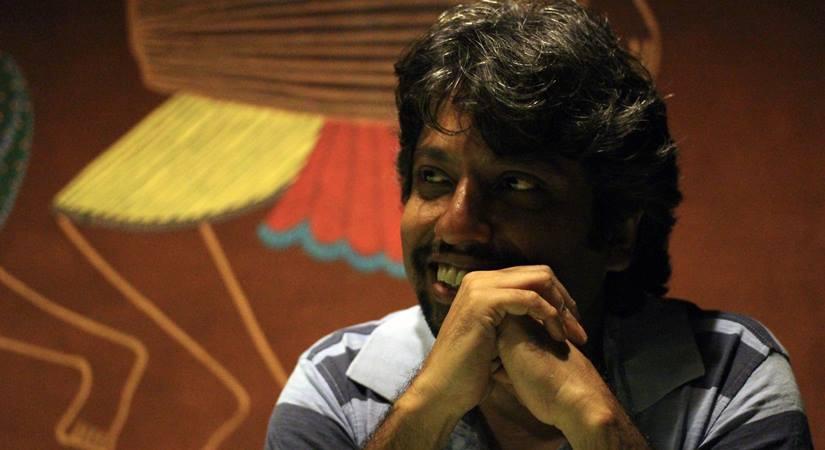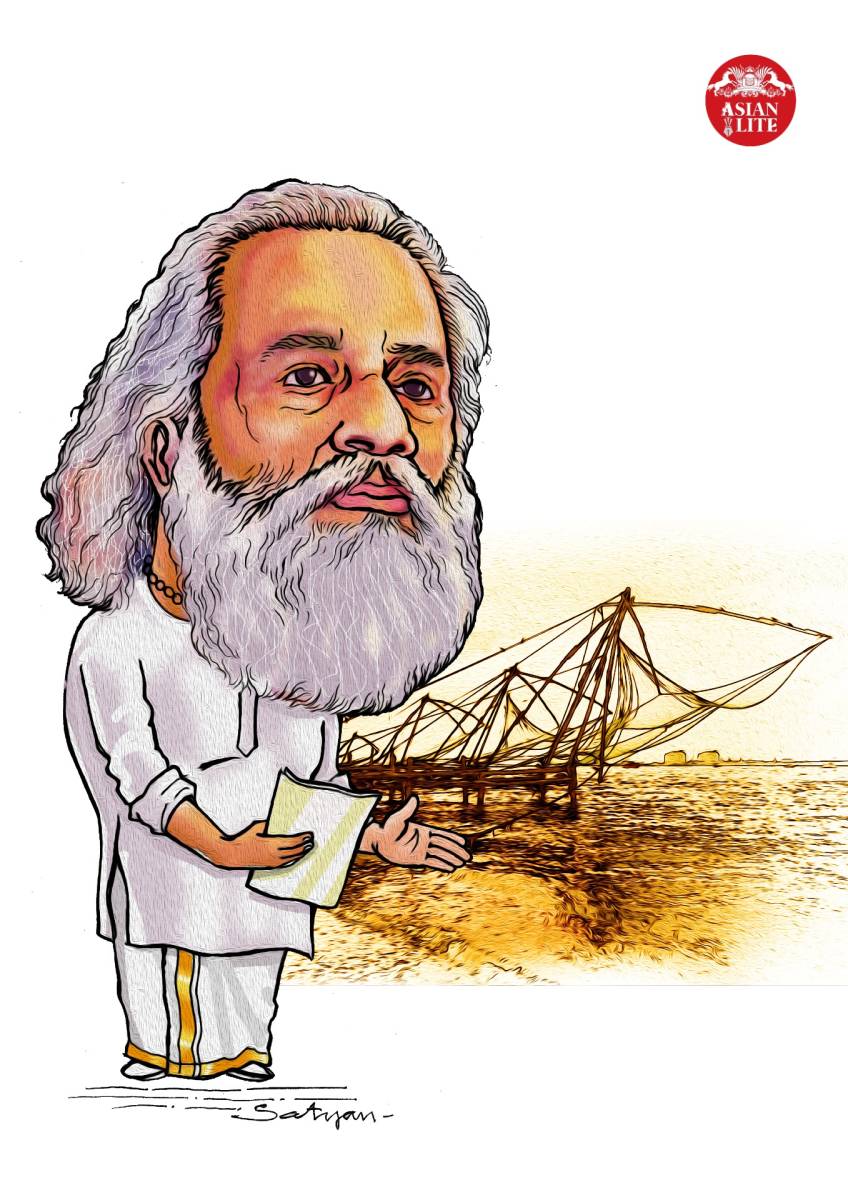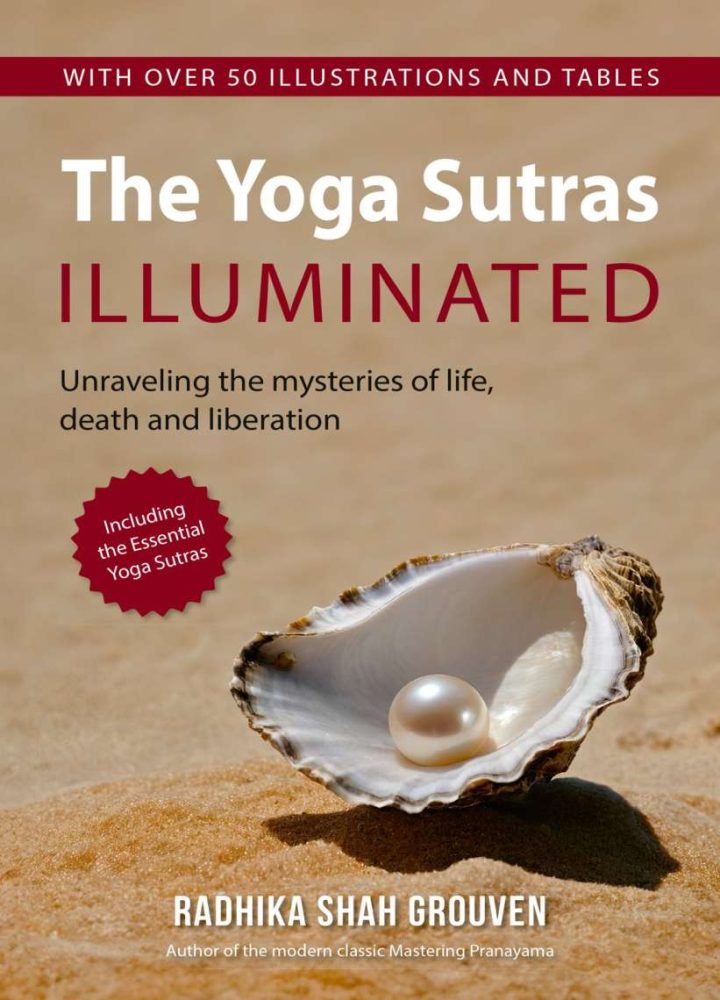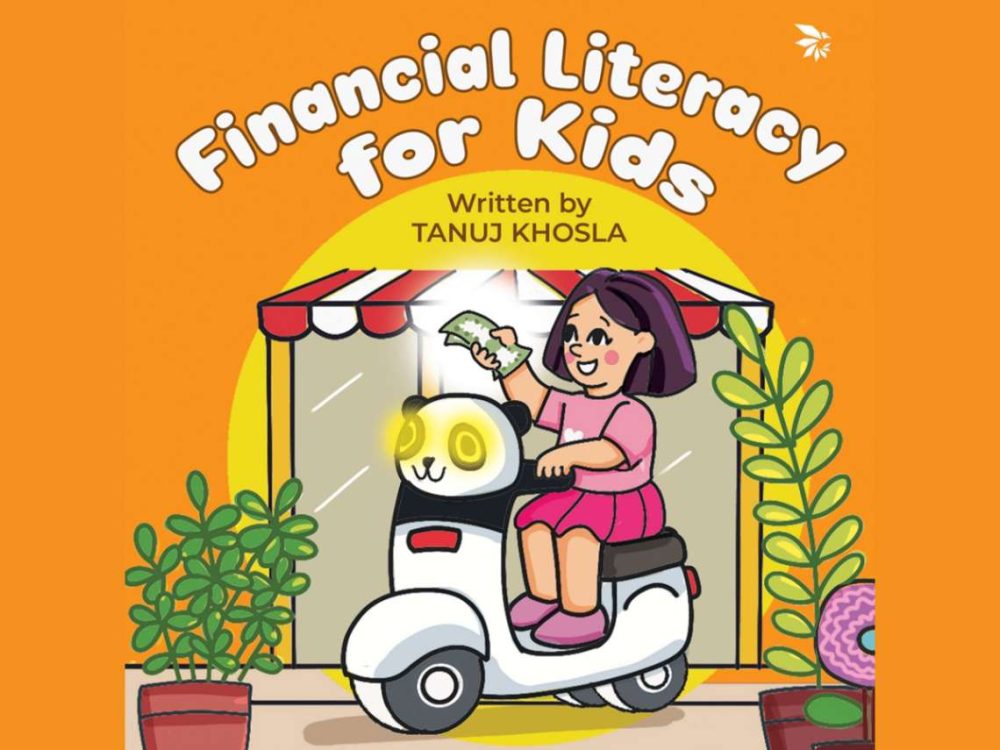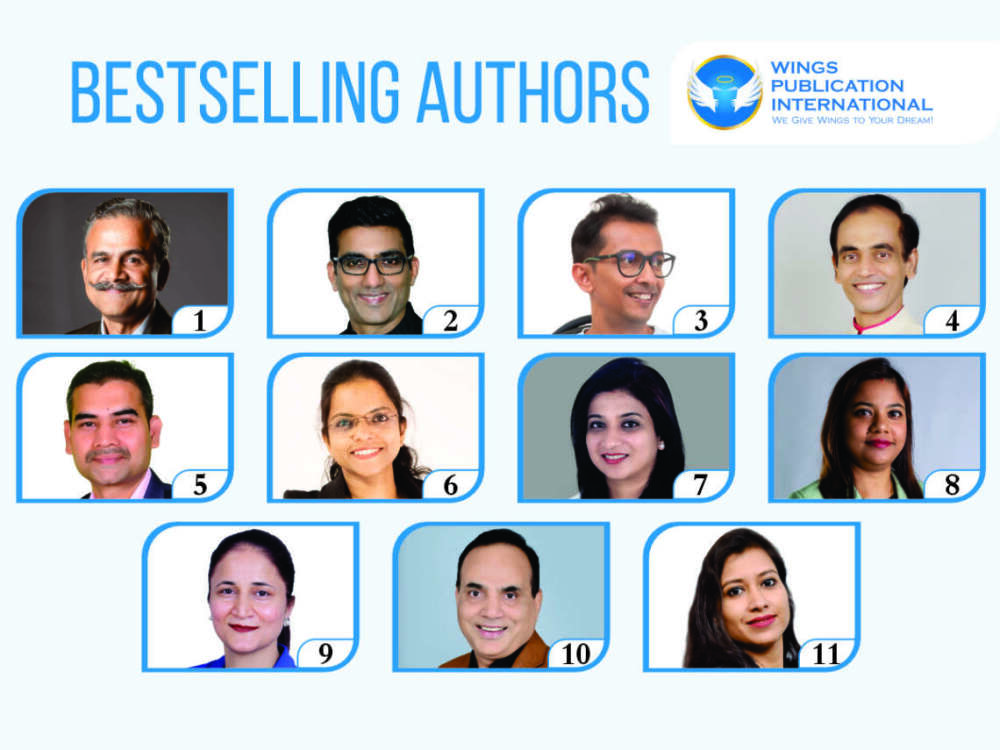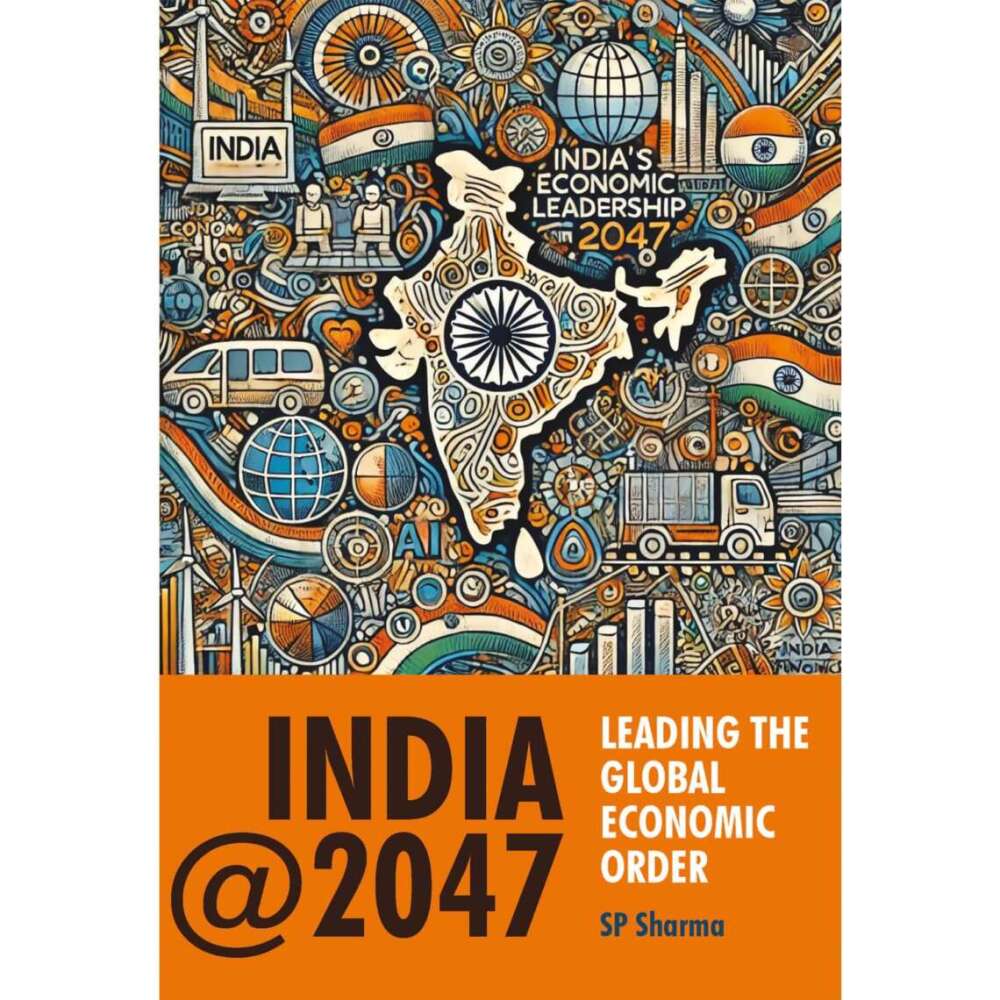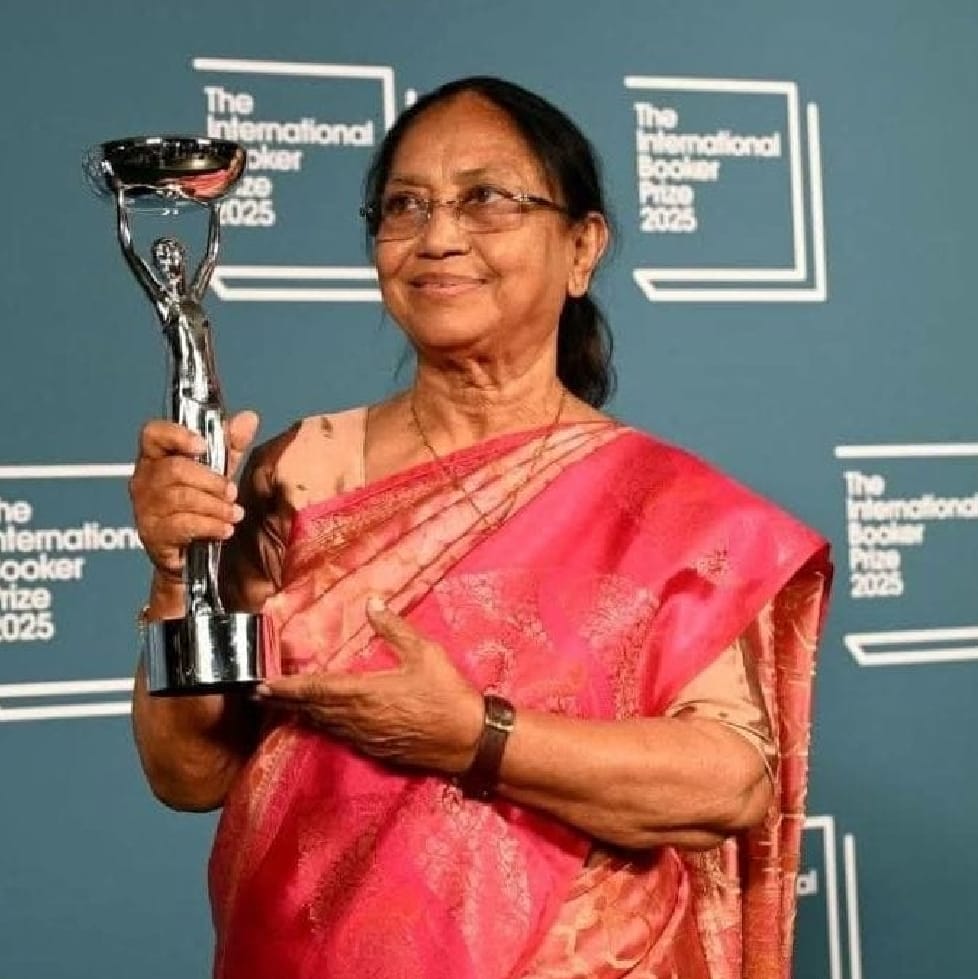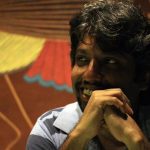Adding that more translations from twentieth-century Urdu literature are needed to demonstrate the literary backdrop in which contemporary works, whether in Urdu or English, are being written… says Musharraf Ali Farooqi.
xxxMuch more than a tale of two enigmatic individuals past their prime and beyond the underlying recital of love, honour and treachery, what his book ‘Between Clay and Dust’, shortlisted for The Man Asian Literary Prize 2012 and longlisted for the 2013 DSC Prize for South Asian Literature, stood out for were the silences it evoked long after the last page had been turned.
Pakistani author Musharraf Ali Farooqi latest offering is for children — ‘Monster Folktales from South Asia’ (HarperCollins India), with illustrations by Michelle Farooqi. He says the idea was to find a monster from local folklore and employ an ‘overcoming the Monster’ plot to tell the story.
“As all the stories are from provinces in Pakistan, I hoped to engage school children across the country. What child would not like to have a local monster and a local hero to boast of?” says this author and translator, who is also the founder of the interactive storytelling program ‘Storykit’.
Talk to him about how over a period of time, and in the face of multiple entertainment platforms, folktales are escaping children’s lives, and he blames the modern school, as it exists today. He feels that engagement with stories does not fit well in the testing-heavy model of modern schooling, so there is little focus on stories.
“The constant academic testing also takes away the downtime children used to have after school. More online entertainment choices are available to kids today, but they are fundamentally different in structure from storybooks. Some of them use characters and story-like structures, but are in fact closer in form and intent to the testing mechanisms used at schools. They are designed for constant engagement, requiring a player to keep moving forward. They do not allow a child to pause, idle or think. In this, they represent the opposite of the engagement children can have with books.”
Considering the fact that in the past two decades, contemporary English literature from Pakistan has earned a massive reader base in India, he feels that for readers here, one factor is the natural curiosity about lives and stories from a common culture, only accessible through books and other media.
Adding that more translations from twentieth-century Urdu literature are needed to demonstrate the literary backdrop in which contemporary works, whether in Urdu or English, are being written, he says: “This consciousness is missing, even in Pakistan, where people think that reading Manto is enough to know what is worthy in 20th century Urdu literature. It is a sadly misconceived notion of twentieth-century Urdu literature.”
Further adding that Pakistanis need to read more Indian literature, particularly translations from the many regional languages, he says: “Urdu literary magazines such as ‘Aaj’ have a tradition of publishing contemporary Indian writers in Urdu translation and we need more such platforms both in Urdu and English.”
Even as Indian publishers have started bringing out more translations into English from different Indian languages, which are winning major literary honours in the country, the author says that it is thrilling to see this trend.
“My friends, the translation juggernaut Arunava Sinha and Daisy Rockwell, are making very important contributions to world literature through their wonderful translations of twentieth-century Indian literature. Similarly, I feel that a greater and more meaningful engagement for Urdu literature will come when we translate the many accomplished works from twentieth-century Urdu literature, which are not as much a part of the literary conversation today as they should be. Translations are the best and the only way to attract an international audience for our literature.”
The author, who launched the ‘Urdu Thesaurus’ (urduthesaurus.com), a mega project which he developed over a five-year period remembers that in his work as a translator of classical Urdu texts he often encountered words that could not be found in standard dictionaries.
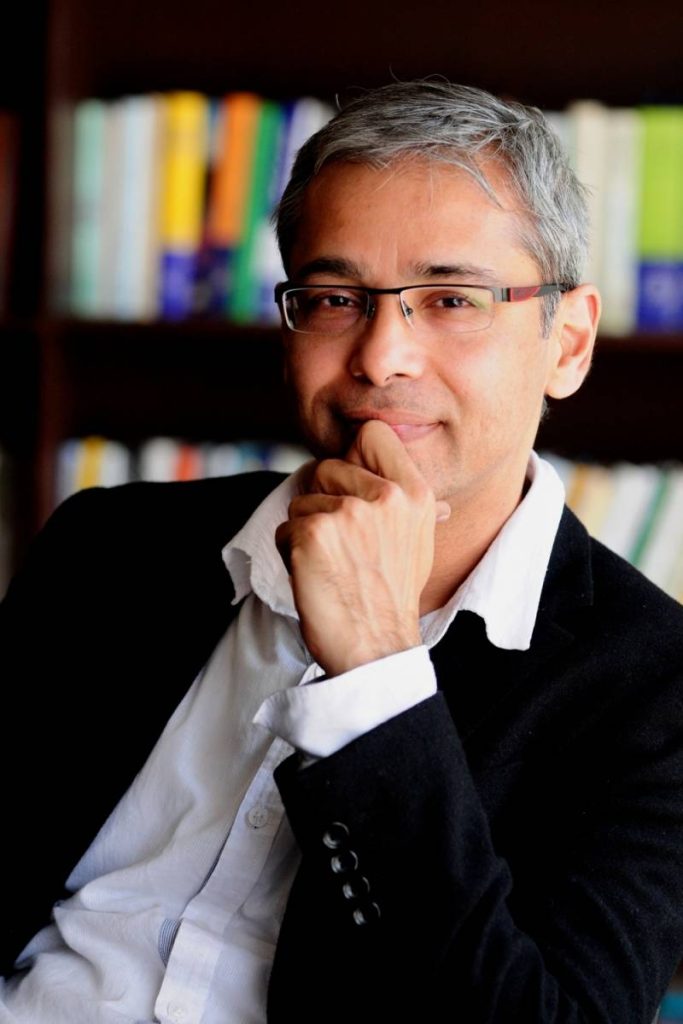
“About 15 years ago, I began collecting dictionaries so that I could rely on them for the many uncommon words I encountered in my work. Dictionaries are typically very heavy creatures and I often wished there was an online dictionary to make my own work easy. Finally, I decided to do it myself. As synonyms were an important part of the project, I thought of beginning with a thesaurus first. There are fewer fields to fill in an electronic database. I am proud of the ‘possible synonyms’ innovation in the Urdu Thesaurus. But it remains a work in progress. It will be completed when it features the meanings of words and a dictionary of antonyms.”
Stressing that it was important to reexamine how languages are taught in Southeast Asian countries, he says that traditionally after children had learned their letters and speech, they worked with story texts to acquire proficiency in the language. Once that is achieved, the world of knowledge truly opens up.
“Short fables we find in the Panchatantra, parables from Gulistan and Boostan of Saadi, were all used for instruction. A whole world of information can be fitted into a story. And this capsule of knowledge can be easily comprehended and retained. Today, we have moved away from this instruction model. I hope to revive it in some way because I acquired proficiency in language from reading stories, not texts taught at school,” says the author whose last work of fiction ‘The Merman and the Book of Power: A Qissa’, was conceived as a trilogy.
“I am currently working on the next two books,” he concludes.



